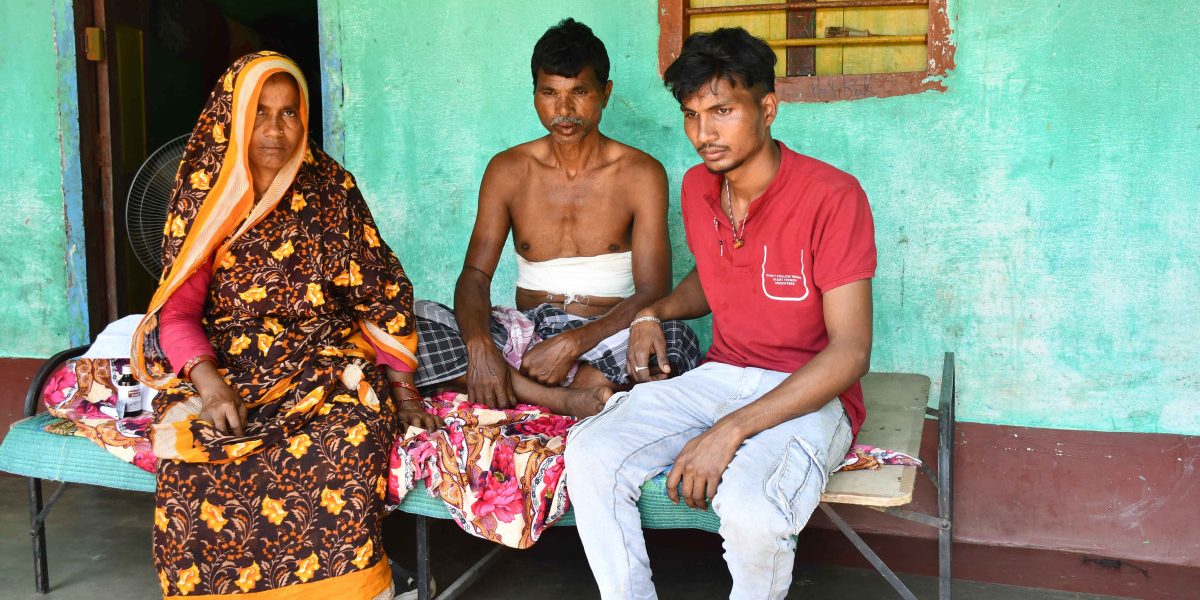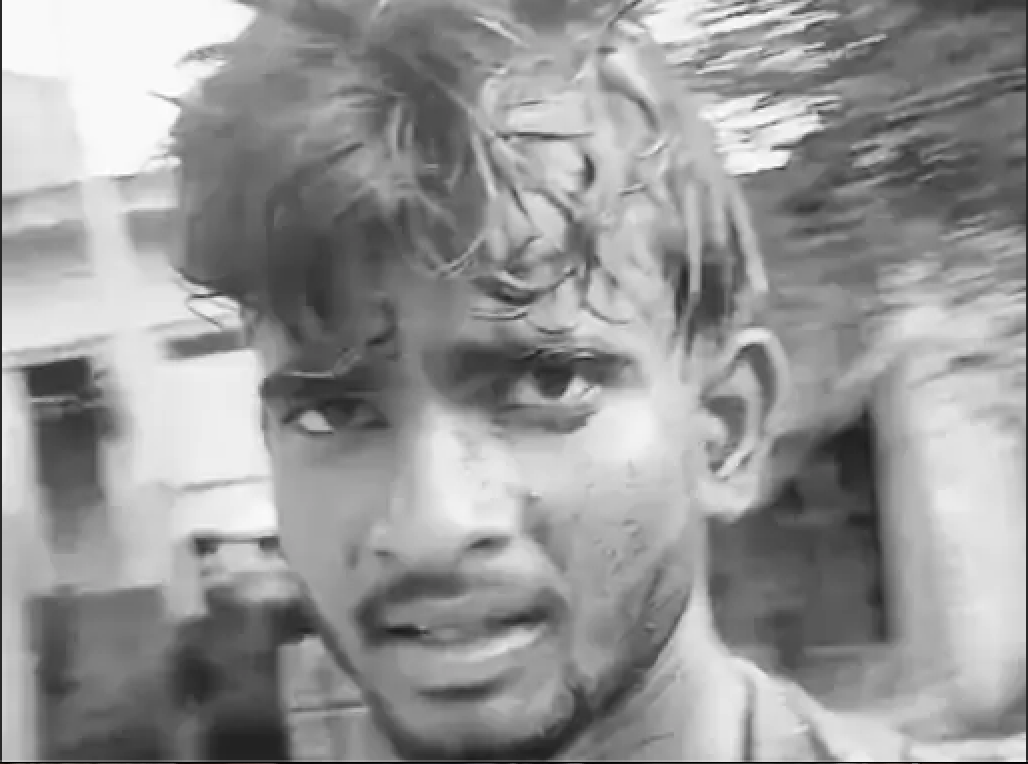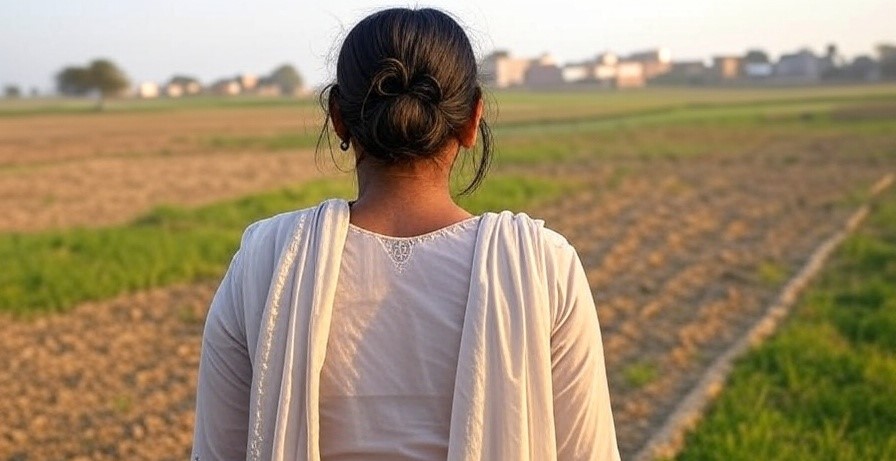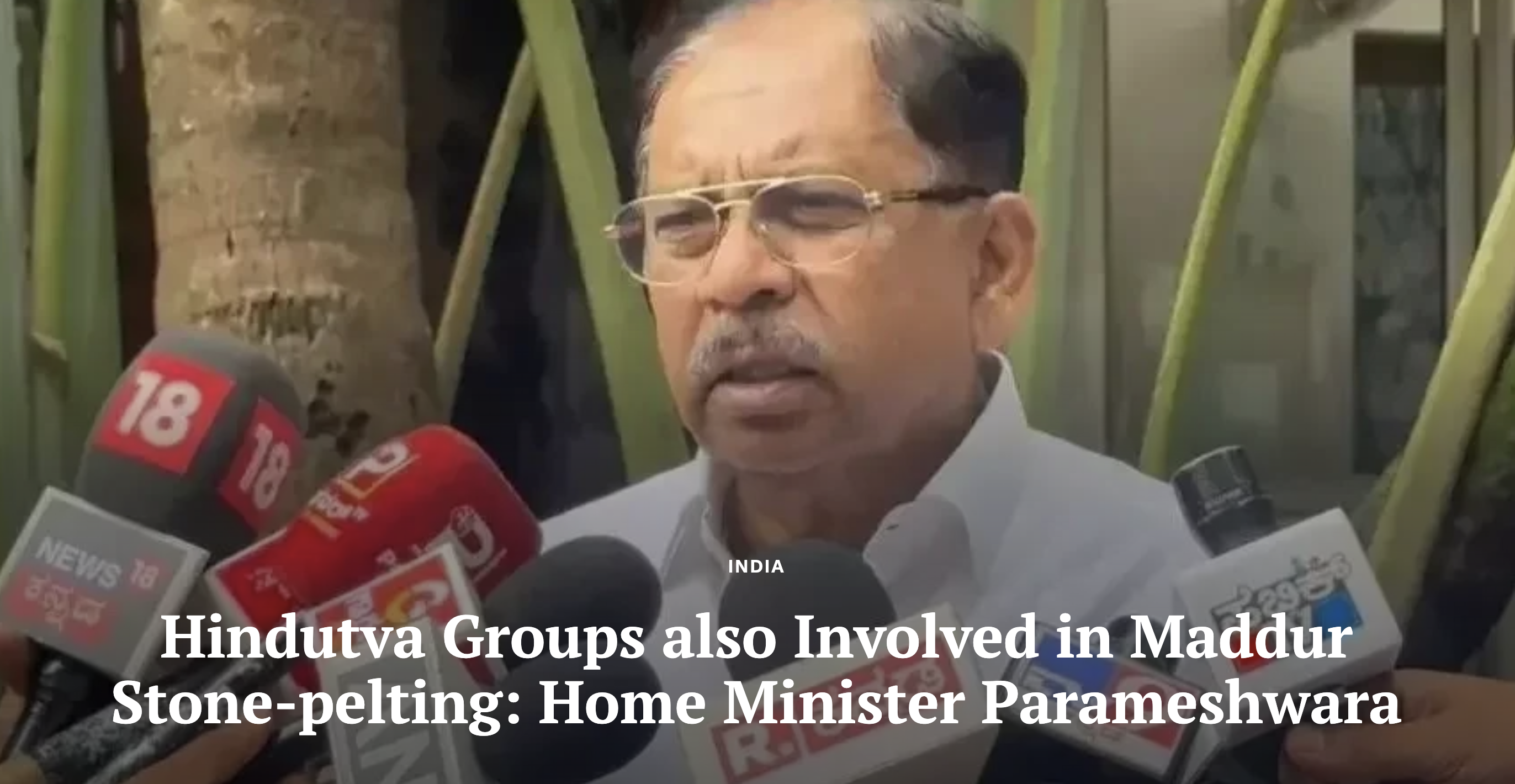
Srinagar: “J&K divided, disempowered and downgraded,” said Greater Kashmir (GK), the most influential, 33-year-old English language daily of the conflict-torn Kashmir Valley, to describe in its headline the abrogation of Jammu and Kashmir’s (J&K) special constitutional status and statehood, in its edition dated 6 August 2019.
Three years later, the paper chose not to commemorate the event, even though Greater Kashmir would once annually remind readers of the anniversaries of various events in the region.
Instead, the spotlight on the third anniversary of J&K’s demotion to union territory was on lieutenant governor Manoj Sinha, who reports directly to New Delhi. The lead story on 5 August 2022 quoted Sinha as saying that the protection of health was the government’s foremost responsibility.
Two other news items on the governor appeared on the front page that day. One reported that he inaugurated the upgraded Bakshi stadium in Srinagar’s Wazir Bagh area; the other that he flagged off a marathon from Lal Chowk in Srinagar.
In recent months, new writers have been published by the newspaper, including politicians belonging to or close to the ruling Bharatiya Janata Party (BJP).
Not just Greater Kashmir, most Kashmir-based newspapers have begun to publish mostly government-issued news. Many have reset online archives to date back only to 2019, with barely any older archives available.
GK’s main competitor, Rising Kashmir, and once-prominent publications such as Kashmir Monitor and Urdu dailies such as Aftaab also restrict themselves to releases issued by the administration, with mainly one newsmaker: lieutenant governor Sinha and his administration.
Meanwhile, since the revocation of J&K’s special status on 5 August 2019, Kashmiri journalists have been summoned, questioned, placed under detention and booked, including under the sedition and anti-terror laws, as Article 14 has frequently reported (here, here, here and here).
The brunt of hostility against the media is borne by freelancers who are subjected to frequent background verification, while veteran Kashmiri journalists rue being sidelined by national media groups in favour of fresh graduates or journalists from elsewhere in the country. At least four journalists have been banned from travel since 2019.
Issued ostensibly for “creating a sustained narrative on the functioning of the government in media”, the J&K administration issued a new media policy in 2020 announcing that government advertisements would be denied to publications that, among other things, “propagate any information prejudicial to the sovereignty and integrity of India”.
Citing J&K’s “significant law and order and security considerations”, the policy called for the involvement of security agencies in establishing who is and isn’t a journalist.
On 23 November and 30 November, Article 14 sought comment for this story over Whatsapp from Yatish Yadav, media advisor to J&K’s lieutenant governor Sinha, and to Kanchan Gupta, senior advisor to the union ministry of information & broadcasting. There was no response from Yadav. Gupta said he would respond, but did not. We will update this story if they do.
A police officer, speaking on condition of anonymity since he was not authorised to talk to the media, told Article 14 that the government was screening and identifying stories that conflicted with “peace narratives” and “development narratives”.
A Divided Media, A Single Narrative
Since his appointment in August 2020, an editor of a daily recalled, speaking on the condition of anonymity fearing reprisal from the J&K administration, Sinha has held only one press conference, on 11 September 2020, in which attendance wasn’t tightly controlled by the directorate of information and public relations (DIPR).
“A colleague asked the lieutenant governor, ‘Aap ke Naye Kashmir mein hum jaise purane logon ki jagah hai?’ (Do veterans like us have a place in your Naya Kashmir?)’ The question was loaded,” the editor said. Sinha laughed it off and moved on. “… we knew the answer,” the editor said. “There was no press conference after that.”
Since then, the DIPR has periodically withheld advertisements to certain newspapers, in some case for months, for reasons such as failure to carry a press note, for providing coverage to regional unionist parties, for publishing editorials critical of the administration, or taking offence at the semantics used, editors of dailies, speaking on the condition of anonymity, told Article 14.
The current administration has kept the media at a distance but used them for image management through DIPR handouts, said journalists. The publication of these is mandatory if a paper intends to continue receiving advertisement revenue.
This story was originally published in article-14.com . Read the full story here






